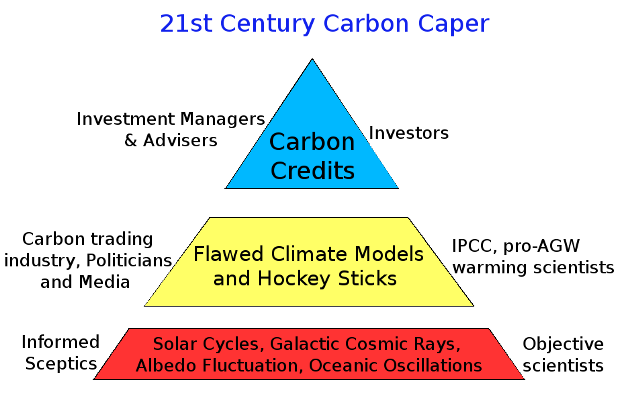Carbon Trading
Post on: 16 Март, 2015 No Comment

What is carbon trading?
Carbon trading, also called emissions trading, is a popular term used to describe the action of buying, selling, and trading carbon credits, offsets, and permits within various carbon markets.
What is a carbon market?
The term carbon market can either refer to the entire worldwide carbon industry as a whole or a specific geographical region within it, such as Europe, depending on the context.
Commercially, the term carbon market can also be used to describe the various dealings, activities, and interactions – usually business-to-business – within the carbon industry itself. These interactions may also include those involving the various carbon exchanges and registries that are emerging in each of the major regions.
How do I trade carbon credits?
Buying and selling carbon credits is a relatively straightforward process and can be compared to buying and selling shares in a stock market, as it’s paper-based. No physical asset normally changes hands, and if you have access to the right amount of money and the right person to help you such transactions are relatively uncomplicated.
The tricky part for newcomers to the industry is finding the right company with which to buy or sell them through, and then deciding at what price to buy or sell them. It’s also important to be aware of the different types of credits that are available on the market and how they compare with each other
Can I buy and sell carbon credits internationally?
Yes. In most cases carbon credits can still be bought and sold internationally, and minimal restrictions are currently in place. The point about which you need to be careful when buying and selling carbon credits internationally is whether the specific market in which you’re buying or selling them will actually recognize them, as its requirements may differ. For example, Europe currently has some regulations in place that prohibit the retirement of certain types of carbon credits in its market. You need to be careful in making your selection when buying or selling different types of credits internationally.
Are all carbon credits the same?
No, they aren’t. They can have totally different outcomes on the environment. Since they come in all different shapes and sizes it’s important to compare some basic fundamentals when deciding on which ones to buy. The following should be used as a starting point:
- Verification: Check that an independent third party has certified them, and make sure that they’re recognized by an approved carbon standard relative to the market in which or for which you intend to use them.
- Additionality: Check to make sure that they’re actually helping to fight climate change by either reducing or removing GHG emissions from the environment, and understand how they were created. The market is also currently confronting some issues involving the double counting of carbon credits that you may need to consider later.
- Permanence: Check to make sure that the actual reduction or removal of GHGs is permanent, and make sure it can’t be undone in the future. For example, find out if the reduction has already happened and whether it can be reversed.
- Traceability: Check to make sure that the credits either have individual serial numbers for them, that they come with identification numbers so they can be tracked and accounted for on a register, or do both. This will also help with the issue of double counting.
- Receipts: Check to make sure that you’ll receive a receipt or proof of purchase after the transaction is complete. This may also help with proof of ownership later on if that becomes necessary.
- Carbon credits that cannot meet all of these fundamental tests should be purchased only with enormous caution.
For more information on carbon trading and how it all works you might be interested in purchasing a copy of our ebook called ‘Carbon Markets 101: The Basics’.














